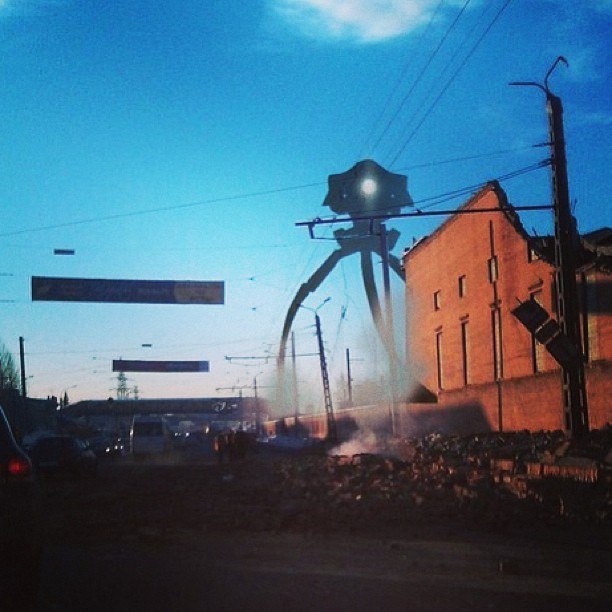Sky Captain
New member
- Joined
- Jan 29, 2009
- Messages
- 945
- Reaction score
- 0
- Points
- 0
A 30 km/s speed would indicate this rock had very ellyptical or very inclined orbit, so not a typical near Earth asteorid.
A 30 km/s speed would indicate this rock had very ellyptical or very inclined orbit, so not a typical near Earth asteorid.
Ok, something's been puzzling me about the impact being at 9:30 am. So either the object was orbiting prograde but at a slower vel than Earth's, or it was retrograde. Both of which, I imagine, are pretty unlikely...
I was always under expectation that a big asteroid should impact between 12pm and 12am local time. You can't even count on asteroids to be on time...
...But the perihelion must have been very low.
Isn't that kinda rare/unusual? Granted, this has been a long time ago, but I distinctly remember something on disk accretion about the imposibility of asteroids either forming or remaining in low perihelion (or inner solar systems) orbits, and that they preffer the quieter and colder places of mid-to-outer orbits
Has its velocity been confirmed? I'm hearing either around 30k mph, or 30k m/s.
Wow, what an eerie event.
New video in HD (found by SpaceEngineer on the SpaceEngine Forums), you can see the atmospheric entry at 04:30 min. and the blast wave at 07:00 min runtime.
http://youtu.be/gQ6Pa5Pv_io
Where was ISS on that time?
So one source (sorry I forgot where) said the primary shockwave was actually just from it travelling and the explosion and break apart, though visually impressive wasn't the source of the main shock. 2 cents anyone?


A guy in a Norwegian environmentalist group called 'Bellona' now says that it was 'griseflaks' (translated to 'very lucky', but literally: pig luck) that the meteorite didn't explode over a nuclear power plant not far away, which would then 'probably give a nuclear accident at the size of Chernobyl incident'.
I think the guy saying that should read a little bit about probability one more time before he published such things. :facepalm:
